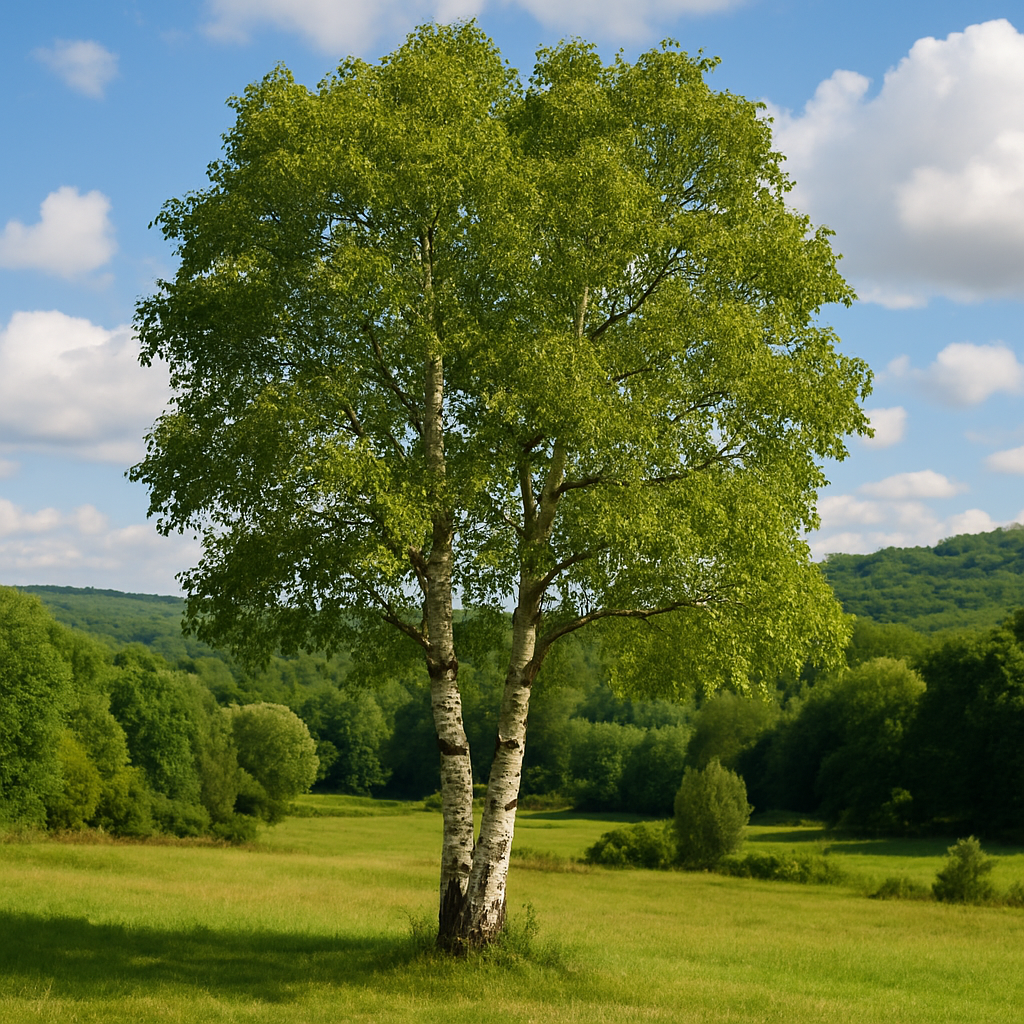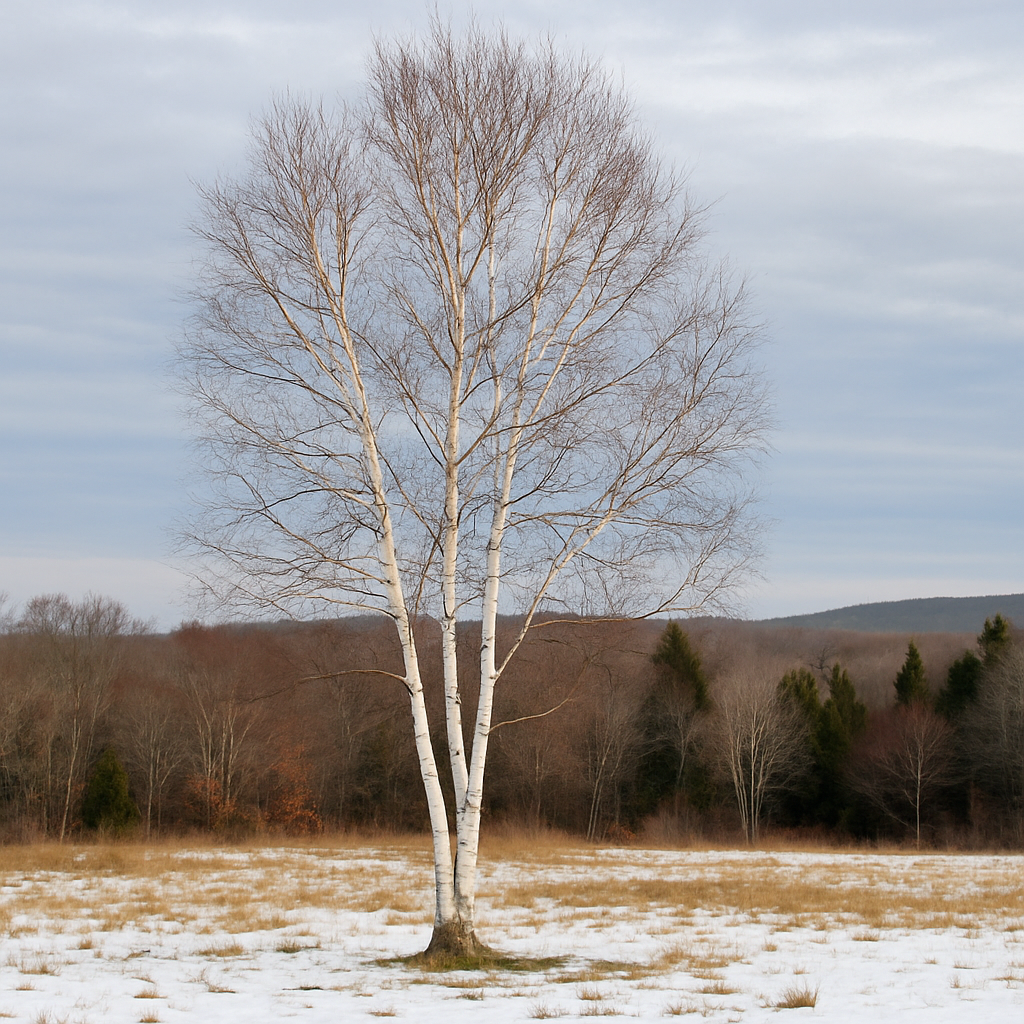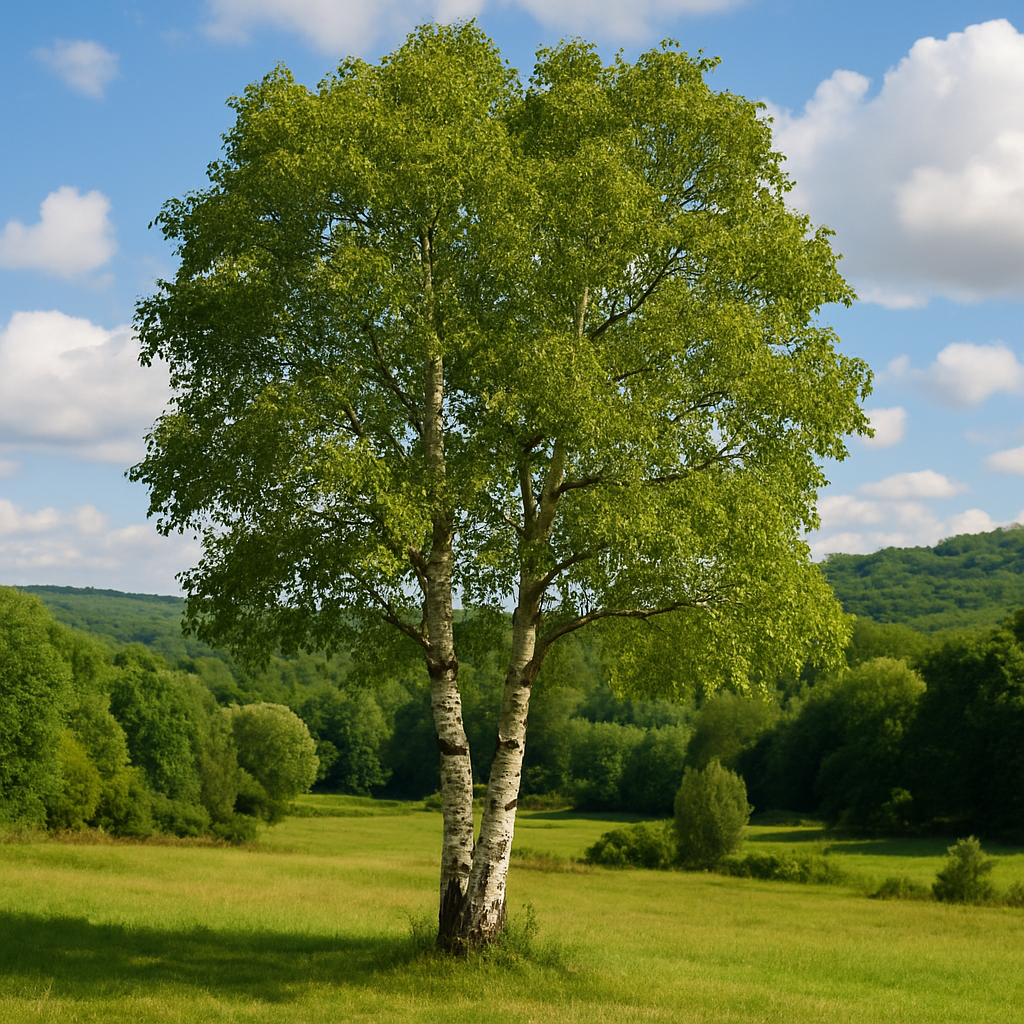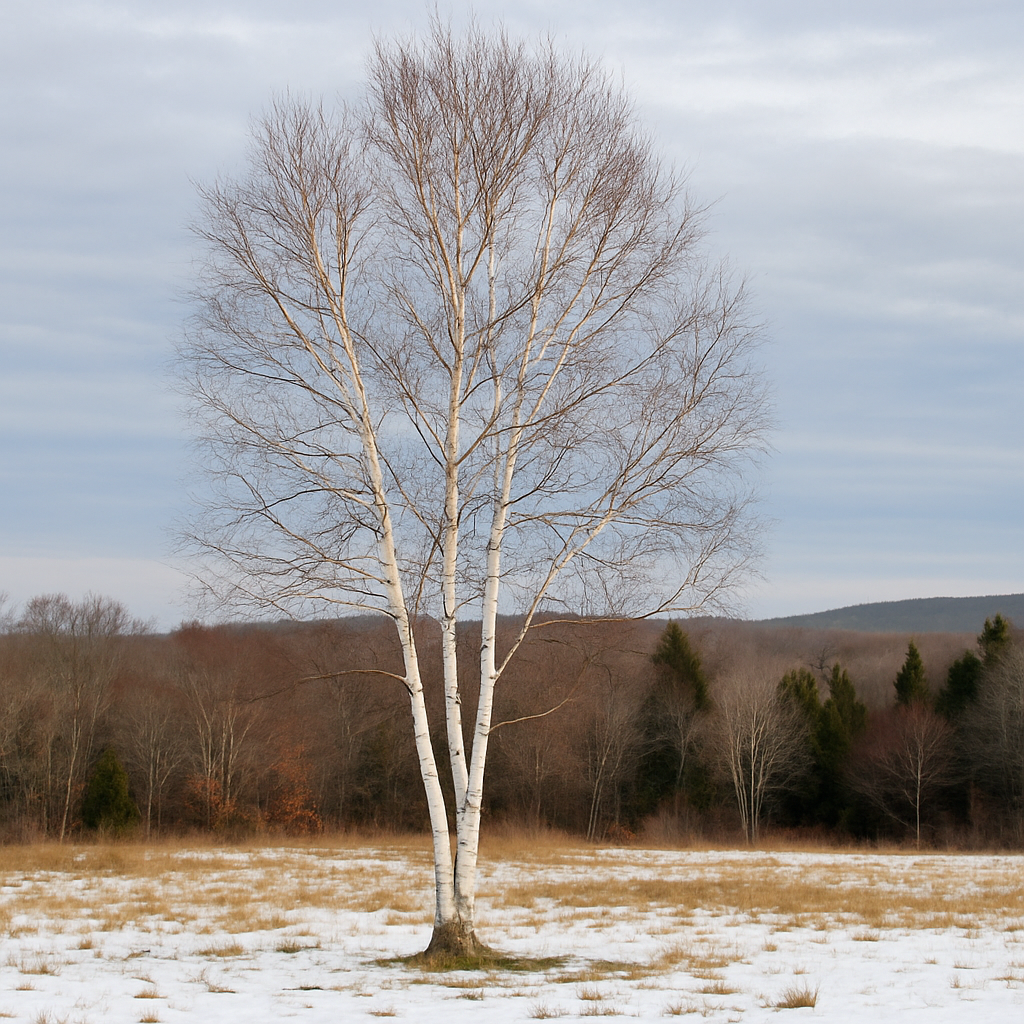Limited Quantities - Reserve Now For Fall
Yellow Birch Tree
Yellow Birch Tree
Couldn't load pickup availability
Betula alleghaniensis
Yellow Birch Tree
The Yellow Birch Tree is a long-lived, stately native hardwood admired for its shimmering golden bark, aromatic wood, and brilliant fall color. Commonly found in cool, moist forests across the northeastern U.S., this adaptable species brings structure, shade, and biodiversity support to landscapes ranging from parks to naturalized woodland edges.
Valued for its ornamental bark, graceful canopy, and ecological importance, the Yellow Birch is ideal for restoration plantings, native groves, or large shade tree installations.
Yellow Birch Tree Overview
| Attribute | Details |
|---|---|
| 🌿 Botanical Name | Betula alleghaniensis |
| 🏷️ Common Names | Yellow Birch, Golden Birch |
| 🌳 Mature Height | 50–75 feet |
| 🌐 Mature Width | 35–50 feet |
| 📈 Growth Rate | Moderate (1–2 feet per year) |
| ⏳ Lifespan | 100–150+ years |
| 🧊 USDA Zones | 3–7 |
| ☀️ Sun Preference | Full sun to partial shade (prefers cool, moist environments) |
| 🧱 Soil Type | Moist, well-drained loam or sandy loam |
| ⚖️ Soil pH | Slightly acidic to neutral (5.0–6.5) |
| 💧 Water Needs | Moderate; prefers consistent soil moisture |
| 🍁 Foliage Color | Dark green in summer; bright yellow in fall |
| 🪵 Bark Texture | Shiny golden-yellow bark that peels in thin curls |
| 🐝 Pollination | Wind-pollinated; supports native insects and wildlife |
| 🌿 Growth Habit | Upright, rounded canopy with graceful branching |
| ↔️ Spacing | 30–50 ft for shade tree installations |
| 🏡 Landscape Uses | Shade tree, native woodlands, restoration planting, habitat borders |
| 🧹 Maintenance Level | Low to moderate |
Environmental Benefits
🌿 Provides cooling shade and habitat in forest and urban landscapes
🪵 Supports over 400 native moth and butterfly species
🍂 Adds year-round interest with peeling bark and brilliant fall foliage
🌱 Promotes soil health and erosion control in sloped or moist areas
Pros & Cons
| ✅ Pros | ⚠️ Cons |
|---|---|
| 🌞 Gorgeous bark and glowing fall foliage | 💧 Requires moist, well-drained soil to thrive |
| 🐝 Excellent for pollinators, birds, and native insects | 🌳 Not drought-tolerant once established |
| 🌿 Long-lived and excellent for large native landscapes | ❄️ Sensitive to extreme heat and dry conditions |
| 🧬 Native to North America and ecologically valuable | ✂️ May require pruning when young to develop strong structure |
| 🌱 Supports biodiversity and forest restoration | 📏 Needs space—best for larger lots or open woodland settings |
Planting & Care Guide
🛁 Water thoroughly before and after planting; maintain consistent moisture
🕳️ Dig a wide, deep hole; place tree at original soil depth
🌾 Mulch 2–3 inches around base to retain moisture and regulate temperature
💦 Water regularly for the first 2–3 years, especially during dry periods
✂️ Prune in late winter to shape young trees and remove weak limbs
🧪 Fertilize in early spring with compost or a light tree fertilizer if needed
The Yellow Birch Tree is a northeastern native classic that combines ornamental bark, seasonal color, and ecological importance in one long-lived package. Whether you're restoring a native forest edge or planting a legacy shade tree, Yellow Birch offers beauty, resilience, and lasting habitat value for generations to come.
Share




